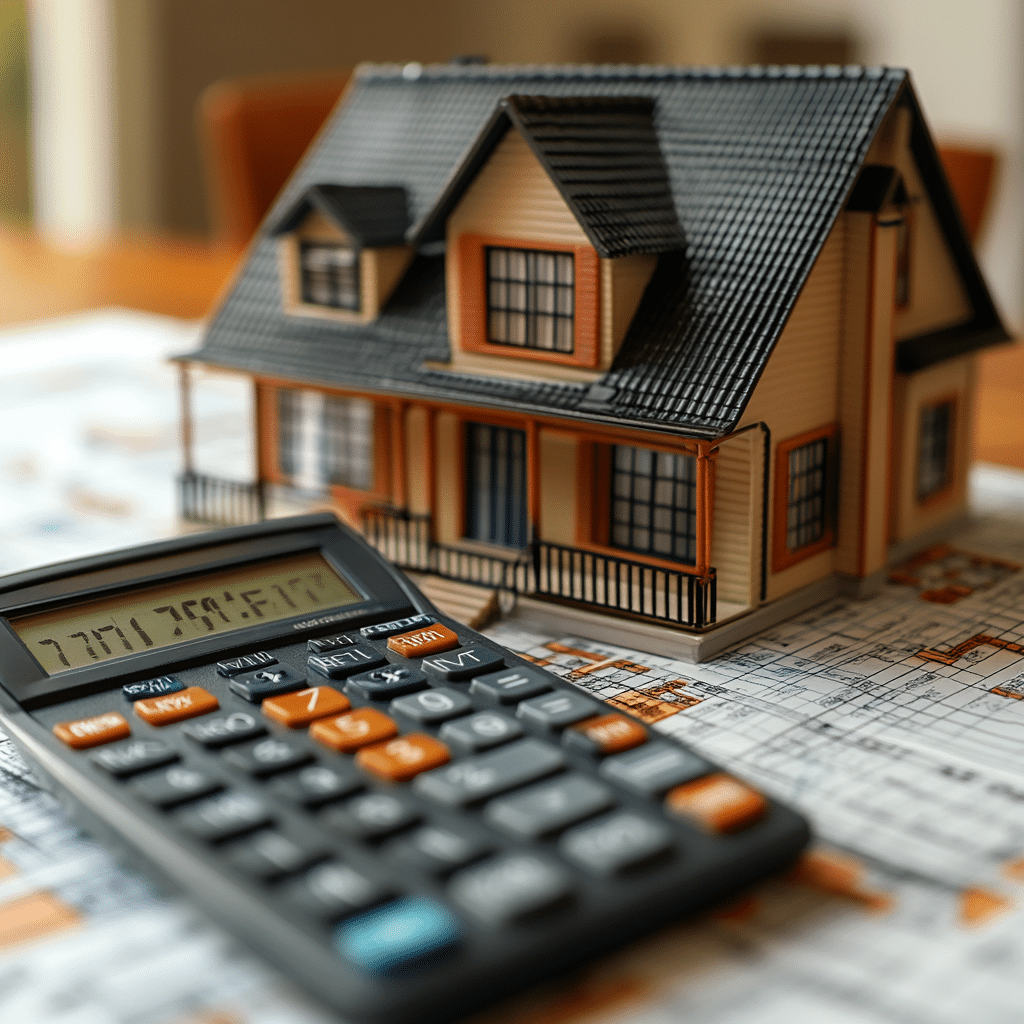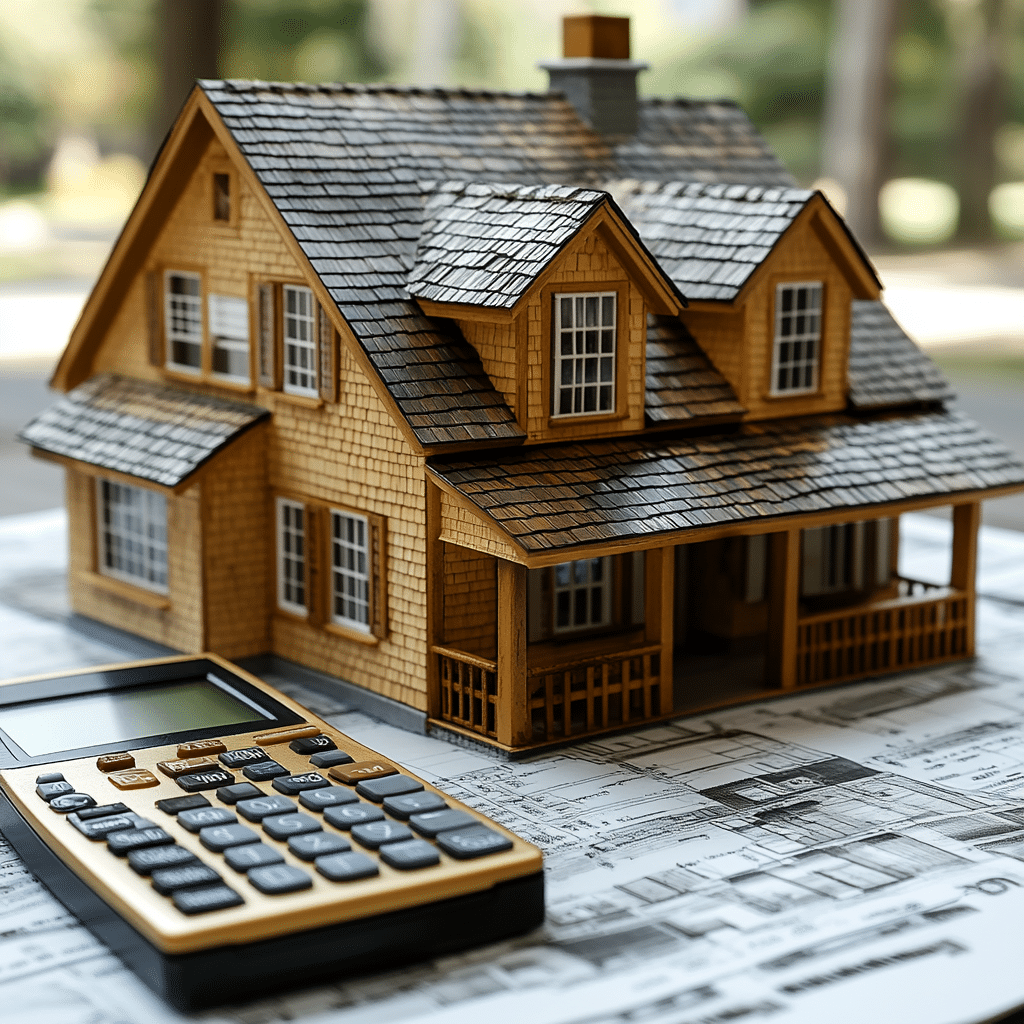
Understanding How to Estimate Monthly Mortgage Payments Effectively
Estimating your monthly mortgage is a critical step in the home-buying process. Knowing what you can realistically afford will streamline your search and help you avoid financial pitfalls. Factors such as the home’s price, interest rates, and loan terms all influence your monthly mortgage estimate. By getting a handle on these variables, you can pinpoint your budget and stay on target.
Understanding how to estimate monthly mortgage payments isn’t just about crunching numbers. It’s about building a financial picture that aligns with your lifestyle. When you’re clear on what you can spend, you can shop for your dream home with confidence, knowing you won’t be left high and dry by unforeseen costs. Let’s break down the elements involved in accurately calculating this important figure, so you can start your journey to homeownership on the right foot.
Before we dive into the nitty-gritty, keep one thing in mind: homeownership is a journey, not a sprint. You’ll want to take your time to understand the figures, the processes, and the implications of your financial decisions. By starting each day with a focus on your goals, you may find your dream home within reach sooner than you think.

Top 7 Factors Influencing Your Monthly Mortgage Estimate
When it comes to estimating a monthly mortgage payment, several key factors play a significant role. Here are the top seven components you should consider:
1. Home Price
The starting point for any mortgage estimate is the average mortgage price. In 2024, the national average home price hovers around $350,000. This figure varies significantly based on location, so researching local averages is essential. If you’re eyeing homes in the Los Angeles area, for instance, you might find that houses go for much more, while smaller towns might offer lower price points.
Always remember that a higher home price means higher mortgage payments. Therefore, it’s crucial to assess your needs carefully. If you want a garden or a home office, weigh the benefits against how much more mortgage you’ll be taking on.
2. Down Payment
Your down payment percentage directly affects your monthly mortgage payment. Many homebuyers aim for a 20% down payment to avoid private mortgage insurance (PMI). For a $350,000 home, this means an upfront cost of $70,000; a lower down payment can lead to higher monthly payments.
Let’s say you only put down 10%; that $35,000 savings means you’ll be financing $315,000 instead of $280,000. Your future monthly mortgage payments would climb accordingly. A wise move would be saving a bit longer to make a larger down payment, which can help you save on interest over time.
3. Interest Rates
Mortgage rates fluctuate daily, impacting your estimated mortgage payment. For example, a 30-year fixed mortgage rate of 3.5% versus 4.5% can create a substantial difference. At a 3.5% rate, a $280,000 mortgage (after a $70,000 down payment) would result in monthly payments around $1,254.
In contrast, a 4.5% rate raises that to approximately $1,418. You can see how important it is to monitor the mortgage rate daily. Even a small dip can save you hundreds each month.
4. Loan Term
The choice between a 15-year and a 30-year mortgage also influences estimates. A 15-year loan typically has a lower interest rate, leading to a reduced overall payment. However, the monthly obligation is higher. If the same $280,000 mortgage were financed over 15 years at a 3.0% rate, your payment would skyrocket to approximately $1,934 per month.
Choosing the right loan term can be a game-changer. While the shorter term means you’ll own your home sooner, it’s vital to confirm that your budget can handle the bigger monthly payments.
5. Homeownership Expenses
Don’t forget to include estimated mortgage payments for property taxes and homeowners insurance. These can significantly add to your monthly figure. Nationally, property taxes average around 1.1% of a home’s value, which amounts to about $3,850 annually for a $350,000 home, or approximately $321 per month.
Homeowners insurance could cost between $600 to $1,200 a year, impacting your total estimate. Always add these expenses into your budget planning to get the clearest picture of what you’re facing.
6. PMI (Private Mortgage Insurance)
If your down payment is less than 20%, you’ll likely be required to pay PMI. The cost ranges but typically falls between 0.3% to 1.5% of the initial loan amount per year. For a $280,000 mortgage, PMI could range from $70 to $350 monthly, adding a hidden cost into your monthly mortgage estimate.
Understanding PMI helps prevent budget surprises later on. Keeping your down payment above 20% should be a crucial part of your financial strategy if you can swing it.
7. Bi-Weekly Mortgage Payments
Switching to bi-weekly mortgage payments can provide long-term savings, effectively making one extra payment each year. If you’re paying $1,000 a month, dividing this into $500 every two weeks reduces interest paid over the loan’s life. This approach can significantly impact your monthly mortgage estimate in the long run.
It’s a small shift, but it can lead to significant savings. By making extra payments on the principal, you decrease the total interest you’ll pay over time, shrinking that monthly burden.
How to Estimate VA Mortgage Payments
For eligible veterans, estimating a VA mortgage payment often starts by considering the zero down payment option. However, if you opt for a VA loan, you’ll pay a funding fee, which varies based on your service history and down payment amount. These fees can adjust your estimate, so consider them when budgeting.
Using the estimate VA mortgage payment calculators available online can provide immediate insights. These tools let you enter personal and financial data, giving you a clear picture of your potential costs, and ultimately leading you one step closer to homeownership.
The Role of Mortgage Calculators
Utilizing online mortgage calculators from reputable sources can help you estimate monthly mortgage payments more accurately. Tools allow for adjustments in parameters like home price, down payment, interest rates, and mortgage terms, tailoring an estimate for your unique financial situation.
By experimenting with different scenarios, you gain valuable insights into how various factors will affect your payments. This practice sets you up to get the best deal for your individual needs, helping to estimate monthly mortgage payments that make sense for your life.
Tips for Accurate Estimations
Building Your Financial Plan
Navigating the ins and outs of estimating monthly mortgage payments is crucial for anyone aiming to secure their dream home. Armed with the right knowledge and resources, you can make informed financial decisions that align with your goals and budget.
Remember, the better prepared you are, the more likely you are to find and afford the home you desire. With the right knowledge, the dream of homeownership is not just achievable; it can also be a sound financial investment.
So what are you waiting for? Start your journey today. Don’t just dream—act. Understanding how to estimate monthly mortgage payments will bring you one step closer to the home you’ve always wanted.
Estimate Monthly Mortgage: Fun Trivia and Interesting Facts
The Art of Estimation
Estimating your monthly mortgage isn’t just about crunching numbers; it’s an art form! Did you know that the traditional fixed rate 30 year mortgage is still one of the most popular choices for homeowners? This option provides stability with set payments over three decades, making it easier to plan your budget. In fact, many people actually prefer to estimate monthly mortgage payments on a 30 yr fixed rate because it gives them peace of mind amid market fluctuations. Speaking of market changes, homeowners should also consider factors like an interest rate lower than before, as they can mean big savings in the long run!
Down Payments and Their Role
Here’s a fun tidbit: the average down payment on a house is usually around 20%. However, there are various programs out there that allow you to put down as little as 3%! Knowing how to estimate your monthly mortgage can help you figure out what fits your budget while staying within your means. Why does this matter? Well, for every extra dollar saved on that down payment, you might just save enough to snag those coveted Super Bowl scripted halftime tickets! Estate planning and financial foresight can turn dreams into reality if you play your cards right.
More Than Just Numbers
Lastly, let’s remember that the mental aspect of home buying is crucial. Many new homeowners face challenges akin to cocaine withdrawal Symptoms when they realize the responsibilities that come with a mortgage. Educating yourself about your options, like understanding how to make sure you qualify for better terms or Empowering people in recovery, is vital. So next time you estimate monthly mortgage payments, consider everything from glittering statistics to lively trivia—it’s not just about the numbers, but the potential life you’re creating!




